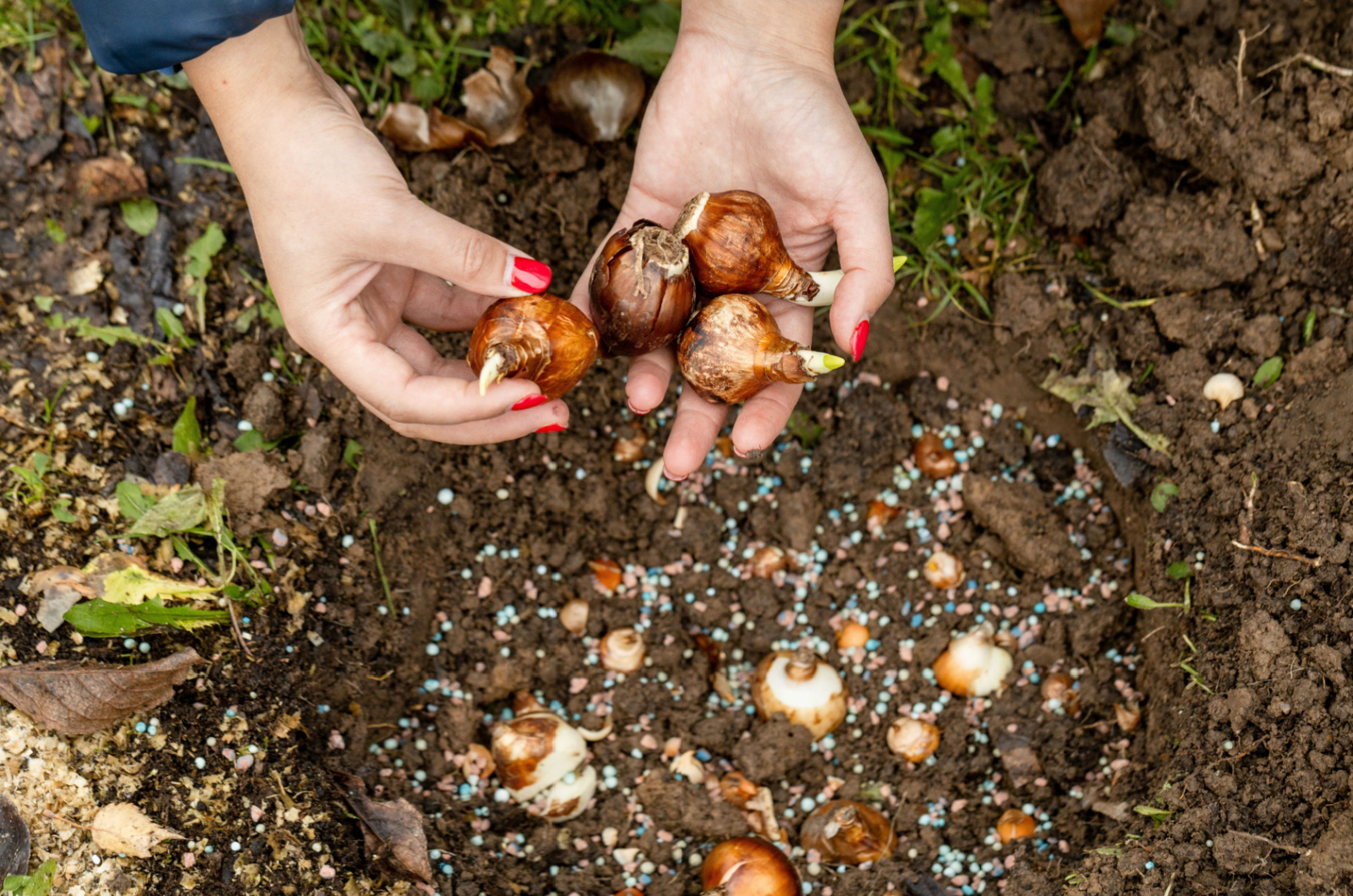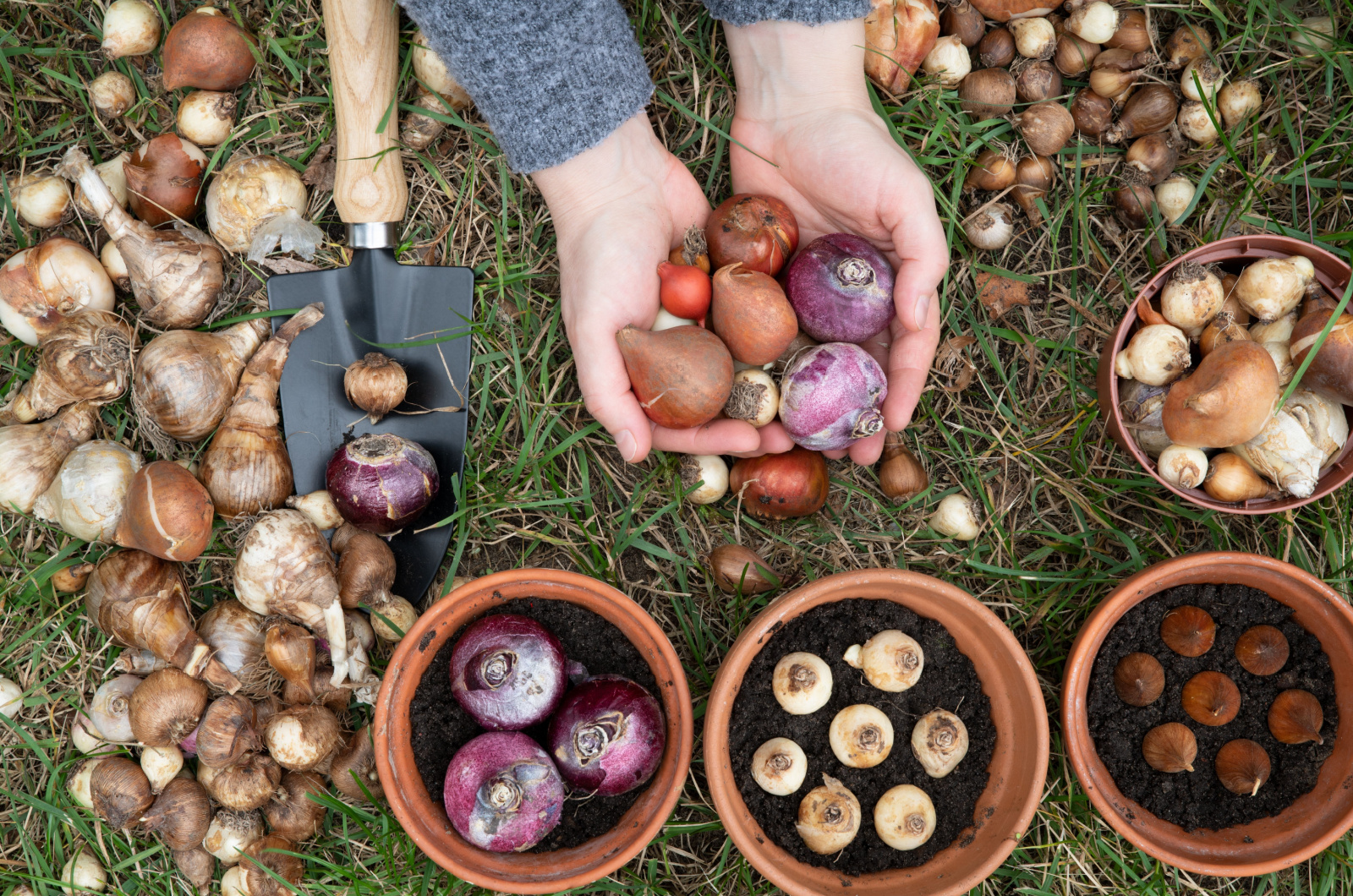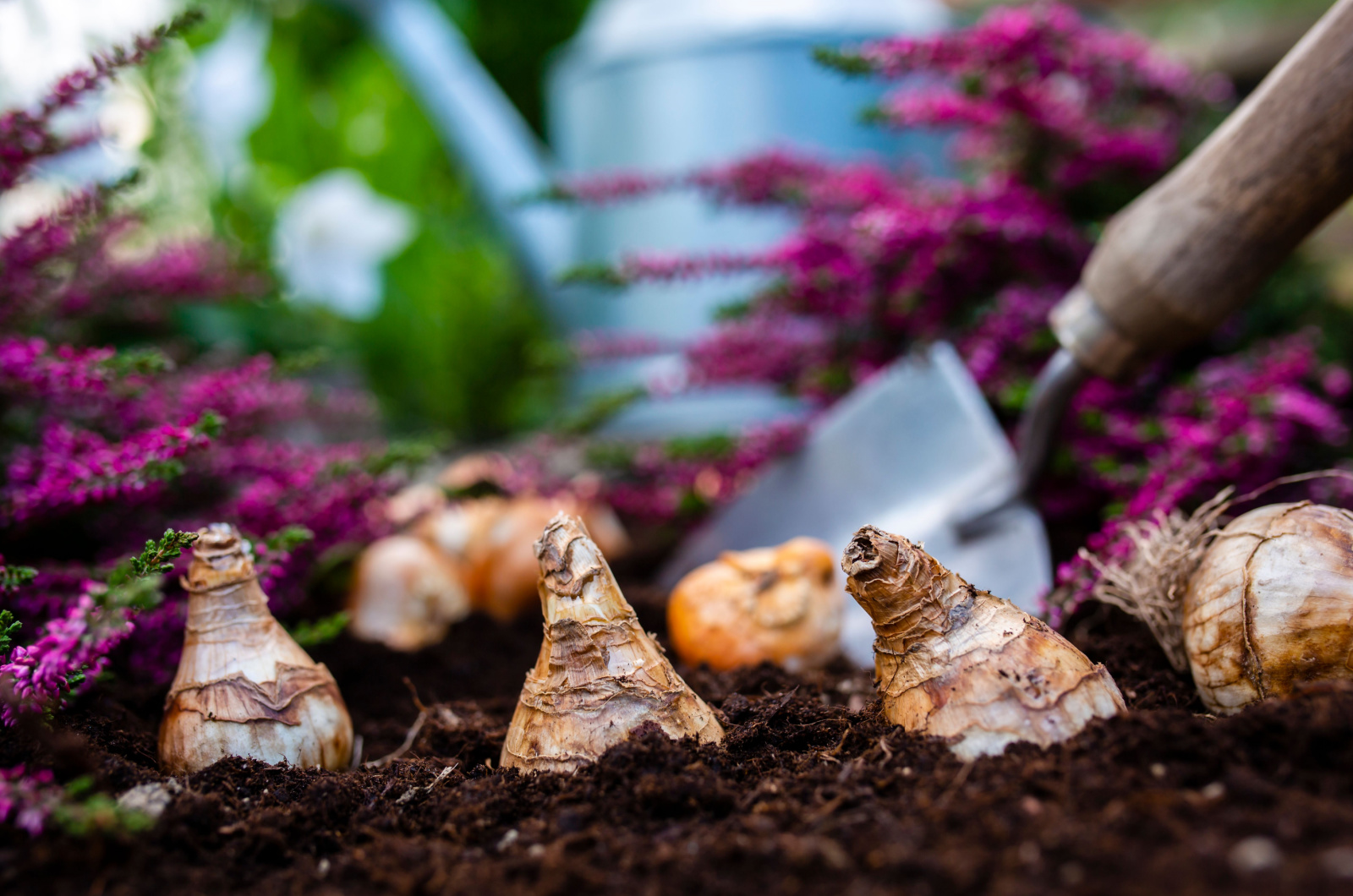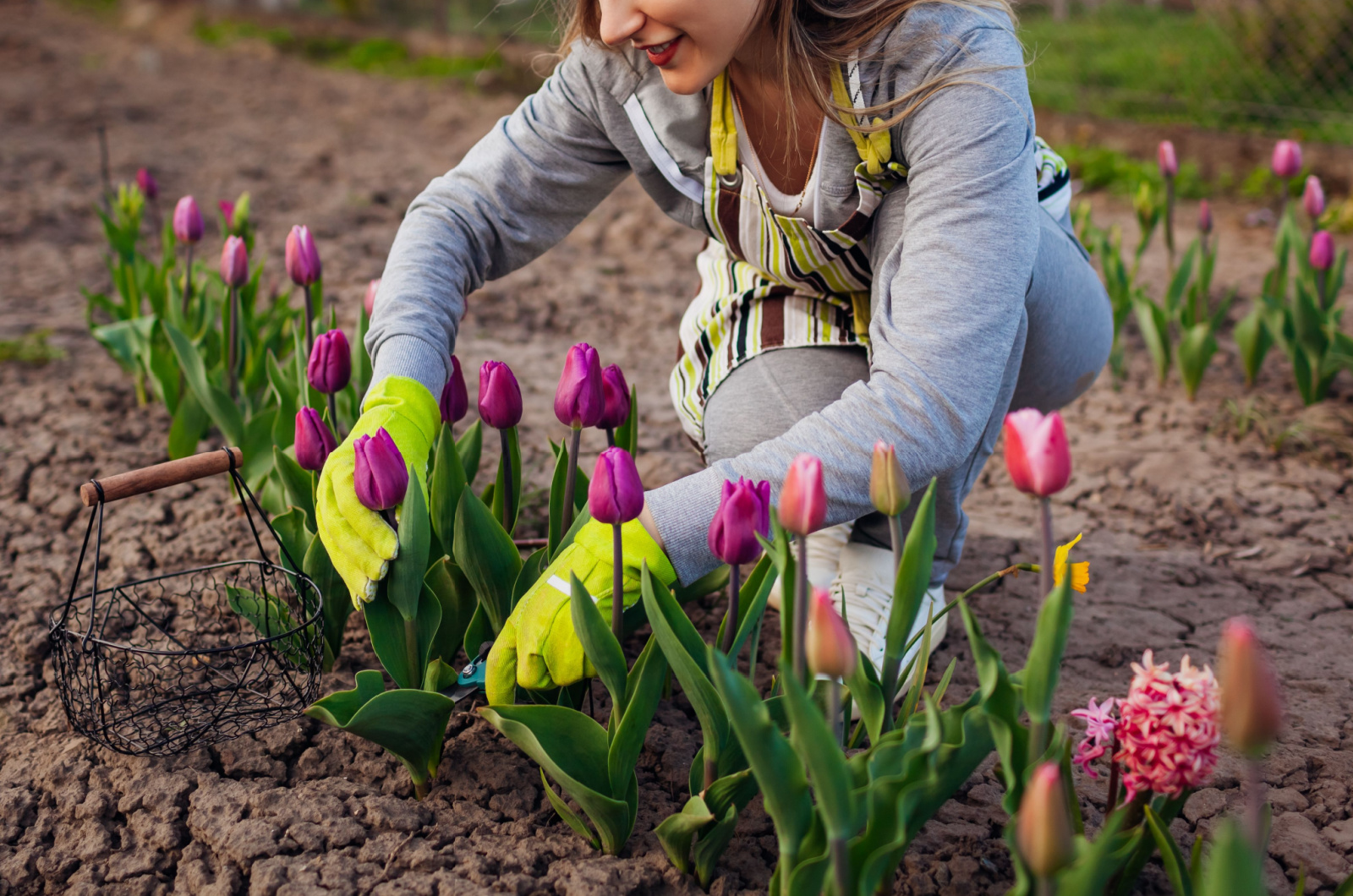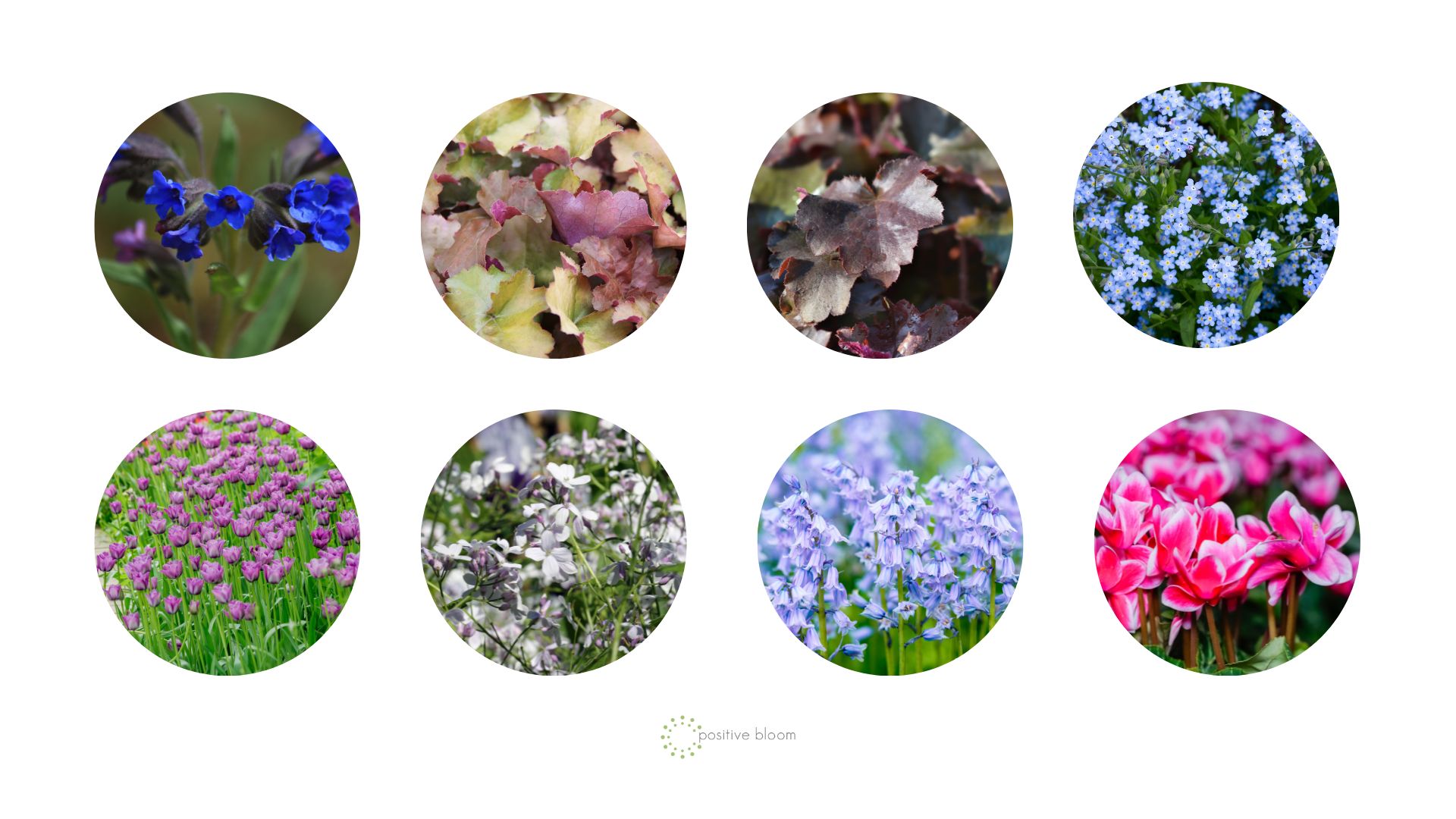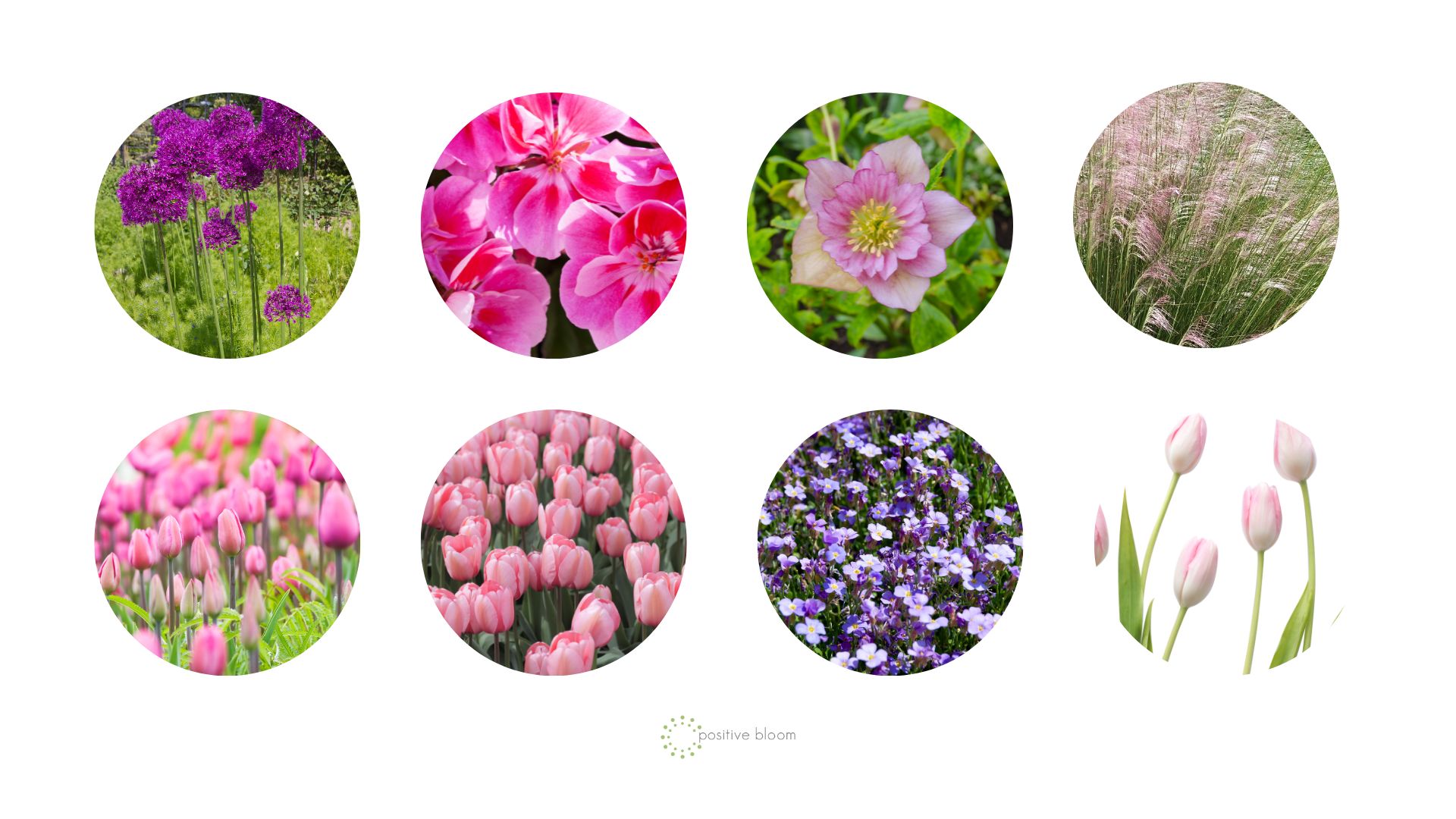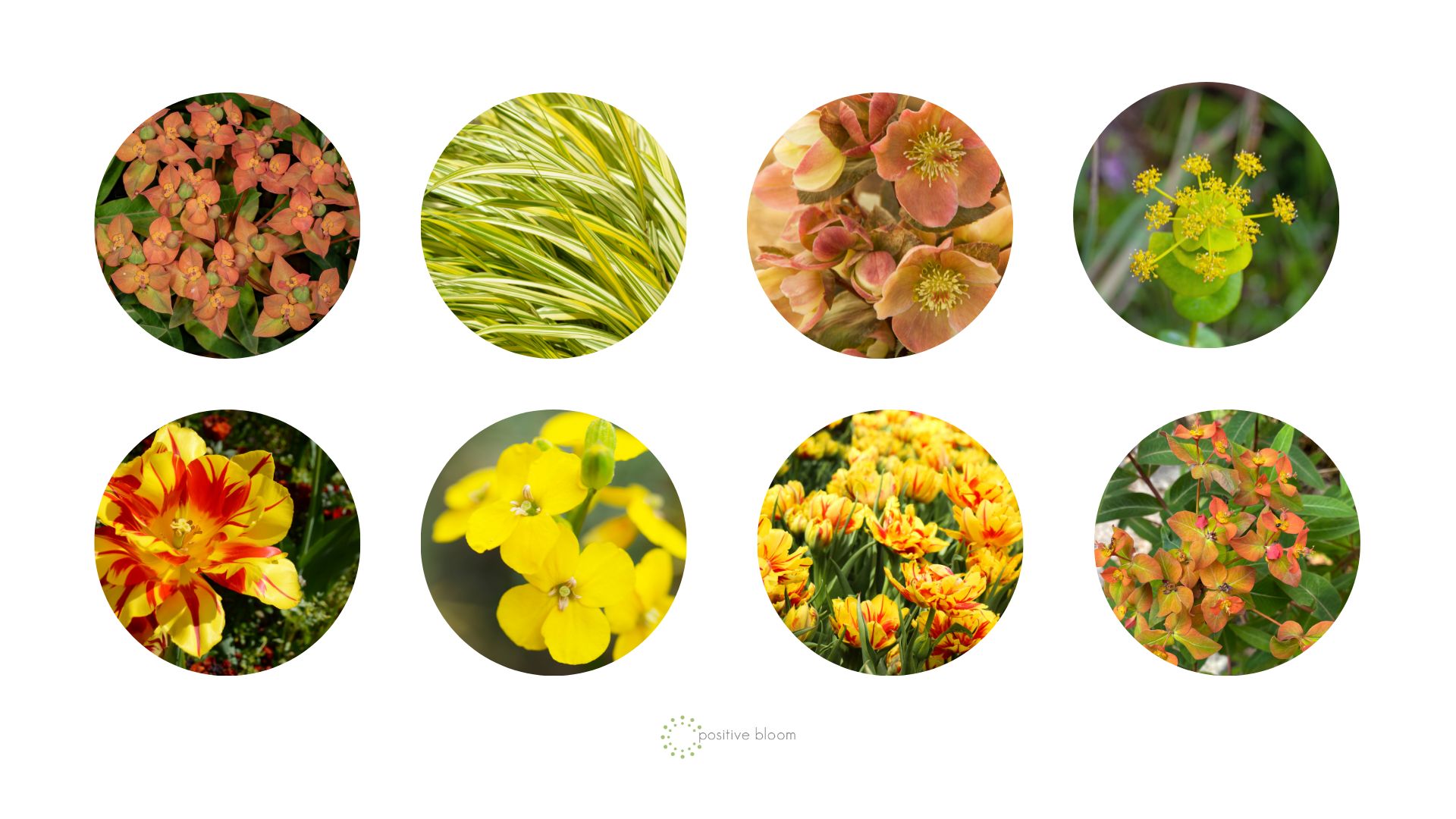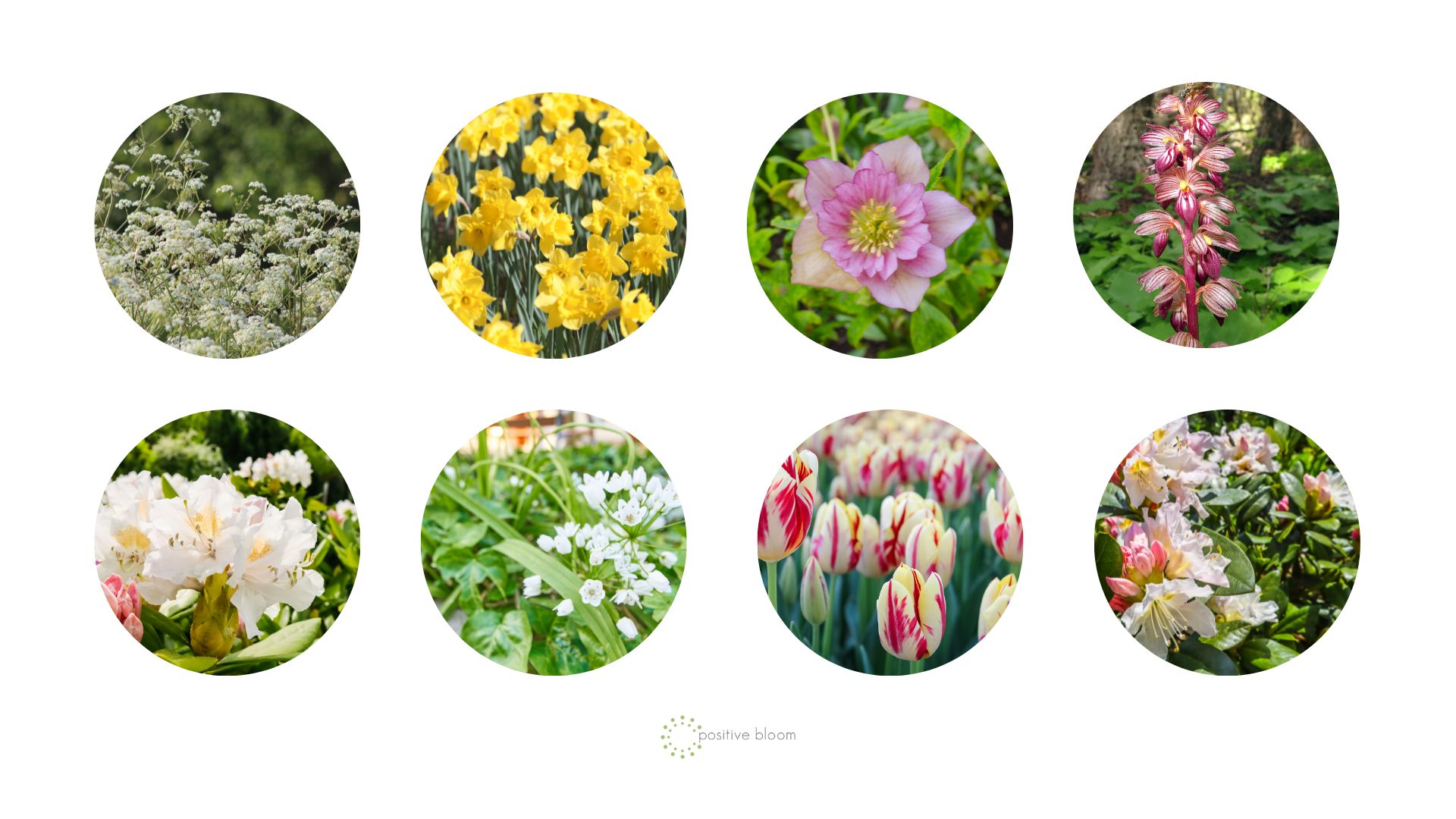I love bulbs! They are the heralds of warmer weather approaching and will bring life to your late winter gardens.
Snowdrops, tulips, daffodils, hyacinths – they’re all gorgeous in their own way and have so much to offer.
This is the time to add a couple of them to your perennial beds instead of only admiring them from a distance in creek beds and meadows.
Here is a step-by-step guide that will help you plant them the right way, maximize their beauty, and bring unique colors to your landscape.
Let’s get started!
Step-By-Step Guide To Using Bulbs In Borders
This guide lets you in on all the secrets of bulb planting, from choosing the right varieties and telling you when to order and plant them to depth, spacing, and naturalizing tips.
#1 Follow Your Style
There are many flowers that we claim are the best spring bulbs to plant in fall, but if they don’t fit your style, they won’t be the right choice for you.
For instance, if you have a formal garden, purple tulips and fritillaries are your best option. If, on the other hand, you want a more relaxed style, I’d go for a combination of daffodils and hyacinths.
And finally, if you have a woodland garden that you want to sprinkle with early spring color, you can’t go wrong with snowdrops, crocuses, and bluebells.
#2 Order Early
Advice I got from my mom, and that I share to all my friends and readers, is that you should order your bulbs early.
This will help you choose from a variety of cultivars and allow you to purchase those that you want.
Sure, you can buy them within the planting time window, but you’ll have a lot less choice than, say, purchasing bulbs in August or even late July.
#3 Go With A Few Cultivars
When ordering bulbs, especially for the first time, it’s always better to get a large batch of 2-3 different varieties than 6-7 different cultivars in smaller quantities.
This will make planting, care, and maintenance a lot easier in the beginning. And once you get a hold of it, you can order some other cultivars to complete your landscape.
#4 Choose The Right Planting Time
One question I get a lot is, when to plant tulip bulbs? Unfortunately, I have to say that there’s no one time that fits all.
Planting times vary for different planting zones, and your best bet would be to put your bulbs in the ground once the soil has had enough time to cool down.
That can be September or October, or even November or December, depending on your hardiness zone.
Your best bet is to wait until nighttime temperatures have been in the 40s consistently for about 10-14 days to plant your spring bulbs.
#5 Find A Proper Location
Different bulb varieties have different requirements which you should heed. For instance, tulips need well-drained and fertile substrate and full sun conditions, while daffodils require more moisture and can tolerate shade.
Your best option is to look at the care requirements for each bulb, such as the hyacinths full growing guide, and follow them accordingly.
#6 Sequence Bulbs For Different Bloom Times
If you want color all throughout spring, you should combine bulbs with different blooming times. This technique is also known as lasagna bulb planting.
One of my favorite combos would definitely be planting early, mid, and late-season tulips, but that may not be everyone’s cup of tea.
You can mix snowdrops, hyacinths, and tulips or crocus, scilla, and daffodils, and combine them all with gladiolus bulbs that will bloom from late spring until frost, filling your garden with color when all spring flowers fade away and summer one’s wake.
#7 Don’t Forget About Planting Depth
There are many shorter daffodils you can plant now for spring, but you should plant them deep enough so that they last through the winter.
Generally speaking, you should plant bulbs 2-3 times as deep as they are tall. That means planting tulips and daffodils to a depth of about 6 inches and smaller bulbs about 2-3 inches deep.
Remember, it’s alway better to plant bulbs deeper than too shallow. And always place them so that the pointy end is facing upwards.
#8 Invest In A Bulb Planter
If you’ve just discovered how to plant a bulb lawn, or you simply have a huge batch of bulbs you want to plant, I’d suggest getting a bulb planter.
This will make your job a lot easier on your back, more time-efficient, and you’ll get the perfect planting depth every time.
#9 Adjust The Spacing
When spacing your bulbs, the key is to plant them about twice their width.
You can space them 3 inches apart if you want a more clumped look, or scatter them around your garden for relaxed and woodland gardens.
#10 Tips For Naturalizing Bulbs
I’m frequently asked whether spring bulbs are perennial or if you need to replant them, and the answer is yes! Tulips and many other spring bulbs are perennials and will naturalize in your garden if you leave them be.
That means leaving the bulbs in the ground all year long and not removing their leaves or stems once they fade away.
And here you can find more tips on planting bulbs in fall:
4 Color Combinations
Now that you know how to plant your bulbs, it’s time to look at some of the color combinations you can employ in your garden to get the most out of your landscape.
1. Purple Sensation
Purple is the color that signified royalty, but now it’s associated with elegance. If you want your landscape to be formal and sophisticated, here are some plants that will accentuate your purple design.
• Blue lungwort. Also known as Jerusalem sage or cowslip, blue lungwort thrives in both sun and shade, where it spreads easily.
• Coral bells ‘Rachel’. This cultivar will complement your geraniums perfectly.
• Coral bells ‘Stormy Seas’. Suitable for shade and containers, bringing deep purple and green shades to the equation.
• Helleborus x ericsmithii ‘Pirouette’. The light pink cup-shaped flowers of this hellebore will accentuate the purple shades of your garden.
• Ostrich fern. This shade-loving perennial will bring out the best out of your purple flowers.
• Perennial honesty. This clumping perennial has white-to-light-purple flowers and can easily self-seed.
• Spanish bluebell. This bulbous perennial spreads readily and thrives in shaded environments.
• Tuberous-rooted cranesbill. The leaves of this plant protrude in winter, followed by delicate purple flowers in spring.
• Tulip ‘Arabian Mystery’. Purple-white petals of this tulip will add charm and elegance to your garden.
• Wood forget-me-not. This plant is perfect for woodland gardens, which it adorns with its blue-to-purple tiny blossoms.
2. Pink Delight
Choose a tulip color meaning you like, such as pink that says congratulations, brings good wishes, and shows love. Combine it with some of the plants from below, and you’ve got yourself a gorgeous garden!
• Allium ‘Pink Sensation’. This ornamental onion carries gorgeous bulbs of light pink that thrive in full sun. But be careful because it can spread quickly.
• Cranesbill ‘Spessart’. This geranium can be a great sidekick to your tulips with its white petals and subtle rose sepals.
• Geranium ‘Little Boy’. Lovely purple shades go well with pink. But be careful because this geranium will spread quickly.
• Lenten rose. The leaves will be there all year long to complement your pink garden, while the white, green, rose, and purple flowers appear from February to April.
• Mexican feather grass. The upright growth habit and feathery texture of this lime-green tuft grass are everything your garden needs to complete the pink picture.
• Tulip ‘Don Quichotte’. No spring garden is complete without tulips, and this bright pink variety proves just that.
• Tulip ‘Jacqueline’. This deep rose lily tulip flowers in late spring and allows you to end your spring garden with a bang.
• White garlic. Bring out the best out of your pink flowers with this white ornamental allium.
• Wood forget-me-not ‘Rosea’. Add some statement pink shades instead of blue ones with this forget-me-not.
3. Hot Yellow Display
Tulips and wallflowers are the star of this show. You could finish the look with buttercups, but they can spread like crazy and invade your yard, so I would stay away from them.
• Griffith’s spurge ‘Fireglow’. Combining yellows with fiery orange shades has been done since the dawn of time. Add this spurge to your hot yellow display for more character.
• Hakone grass. You should add gorgeous hakone grass to your garden because it can tolerate different light levels and will adorn your garden with golden yellow foliage when in dappled shade.
• Lenten rose. This hellebore may not be yellow, but its foliage accentuates the fiery tones of this display.
• Perfoliate Alexanders. Leaves of these plants appear as if pierced by the stem, while the yellow flowers appear to radiate light from within.
• Tulip ‘Dance Line’. Pointy yellow petals appear as if they’re dancing, giving your garden movement as well as color.
• Tulip ‘Monsella’. The double-petaled flowers of this tulip are streaked with fiery red that complements the yellow garden display.
• Wallflower ‘Spice Island’. Orange-to-red shades of this wallflower are everything that your hot yellow garden needs to shine. And they will be there from March until the end of June.
• Wild hyacinth ‘Sacajawea’. The star-like, pale yellow ‘Sacajawea’ is perfect for fertile soils and full to partial sun conditions. Not to mention the bang it can add to your landscape.
4. Pale And Gorgeous
If you value texture and character over bright colors, these flowers are perfect for your landscape.
• Cow parsley. Creamy white flower heads and fern-like foliage are everything your subtle garden needs and cow parsley can offer.
• Cranesbill ‘Spessart’. A gorgeous scent and delicate white and pink flowers scream subtlety.
• Daffodil ‘Sailboat’. White petals and yellow centers will be the star of your pale and gorgeous garden.
• Lenten rose. Its green foliage adds interest in any design, while its flowers are just icing on the cake.
• Mountain melick. This early grass looks wonderful in this light setting, especially in late spring when adorned with cream and brown flower spikes. However, it can quickly spread, so be careful.
• Pinnate coralroot. The pale flower shades of this woodland perennial can do wonders for your shaded garden.
• Rhododendron ‘Cunningham’s White’. The buds start off as mauve, but then obtain a white shade as they open, giving your pale garden just what it needs.
• Three-cornered leek. This ornamental allium will spread quickly, so you have to keep it in check. And yet, its snowdrop-resembling white flowers can add so much to this pale display.• Tulip ‘Peppermint Stick’. Keep this elegant tulip in well-drained and fertile substrates and full sun, and it will quickly adorn your garden with white and pink flowers.


